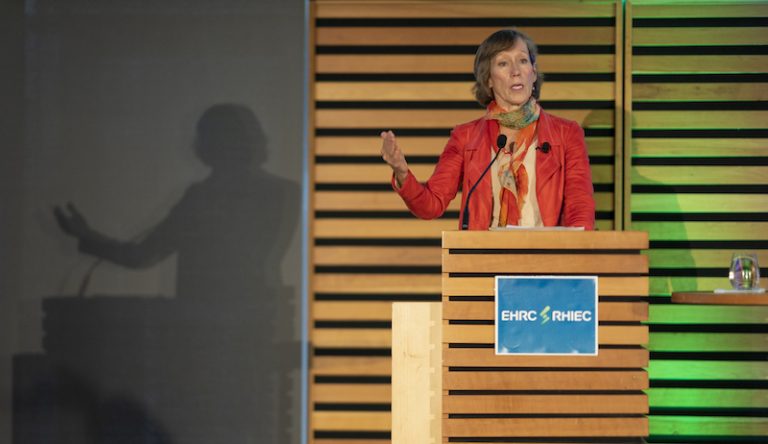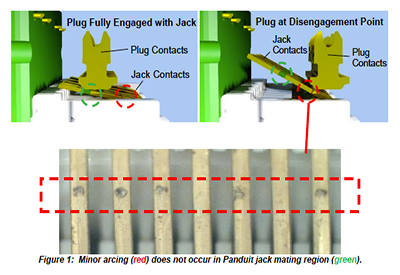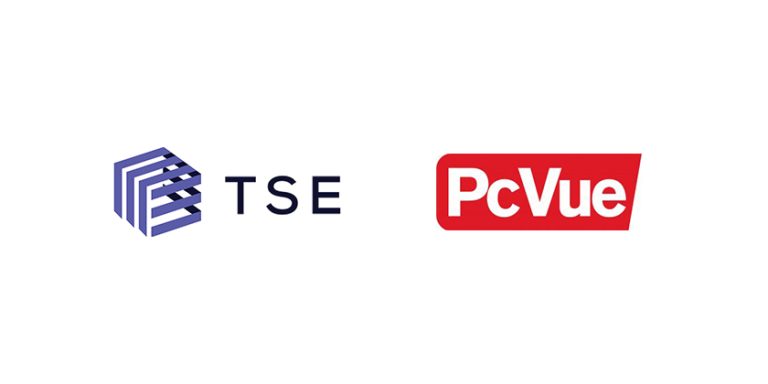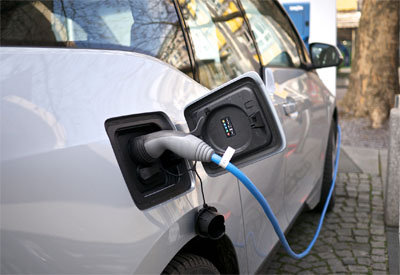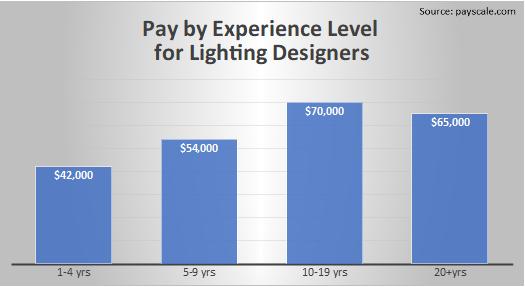Sophisticated Metering Powers Building Green Tech

June 28, 2020
Mark Petersen, VP Engineering, Legend Power® Systems
While a quick online search for “Green Tech” yields millions of results, the following definition resonated with me for our focus in this article on energy and its management and use in buildings: The technological applications which are environmentally friendly due to their construction or purpose.
In the world of buildings, both construction and “purpose” play key roles in the benefits that green technology can bring to building owners, managers, occupants and society at large. While buildings are responsible for over a third of global energy consumption, they also possess large energy-saving potential.
When it comes to energy, green tech plays a role in both its creation and consumption in areas such as the more environmentally friendly creation (i.e.: solar, wind and hydroelectric dams), as well as the conservation of energy usage onsite via energy-efficient fixtures, LED light bulbs and onsite power management technologies. As far as consumption goes, it is common knowledge that buildings of all sorts are responsible for consuming massive amounts of electricity.
According to Natural Resources Canada, the commercial and industrial (C&I) sectors in Canada consume 64 per cent of all electricity. (Add residential buildings and the total is 97.8 per cent.) Given the linkage to greenhouse gas (GHG) emissions based on electricity production, green buildings can make a tremendous contribution to both energy conservation and GHG reductions. In fact, between 2000 and 2016, emissions from buildings decreased by almost five per cent despite an increase in floor space of 31 per cent over the same period. This is largely due to higher energy efficiency standards and buildings being built or modified to be greener.
Along with more sustainable building materials and practices, green buildings are smart buildings. Managers of smart buildings depend on information to make informed decisions. Data alone is not sufficient. The adage: “I had all sorts of data; I had no information,” comes to mind here. A modern power quality meter can generate millions of data points per month. Understanding this data and turning it into useful information to drive smart decision making should be central to any building’s green plan.
Interpreted correctly, information from a smart meter can be used for energy baselining, then the overall prioritization of equipment upgrade planning, the driving of occupant behavioural changes to reduce energy usage, and the identification of key opportunities for better power management.
Data is everywhere in a building’s electrical room. Data drives insights, which can then be used to create actionable, decision-making information. This can be accessed and collected by electrical meters.
There are a variety of different levels of metering. While the more advanced capabilities are essential for a modern smart building to be managed effectively, you may not need that level of functionality. Let’s quickly review the different meter levels and what they offer.
The most basic form is a Utility meter. It records and reports on energy usage, peak demand and provides monthly data. Some utilities have programs to access more data, up to a 15-minute resolution. This information can be used to make the most of the required basic energy management decisions.
A more advanced product is the Standard Power meter. It provides visibility to voltage, current, power factor, three phases and all associated basic electrical data. It can usually store data in 15-minute or 5-minute increments. Data access may be either via the Internet or it may have direct connectivity features.
Still more advanced is a Power Quality meter. A Power Quality meter captures all voltage, current, power factor and three-phase data. It typically provides minimum, maximum and instantaneous readings – and the averages for each. It also captures harmonics and waveform, frequency storage and event logging. It features high-resolution sampling and has data storage and connectivity features. A Power Quality meter gives you a complete picture of electrical energy usage and power quality for the building’s inbound electricity.
To manage all of the elements that contribute to a smart building’s results, a baseline of all electrical usage is required. That can then be used to proactively spot changes in usage (i.e.: a lighting control program error resulting in lights on overnight).
Sophisticated metering systems can also include configurable alarms to alert a user to specific events (such as sags and swells), which can help to identify specific problems in the building. For instance, you may know that an elevator controller failed on Wednesday at 3:16 p.m.; a review of the Power Quality meter output shows that it recorded an event on the grid at the same time. The visibility and insight provided by the meter allows you to link cause and effect, and to react accordingly.
The key to proactive decision making and action is knowing how to interpret this vast store of data. You need to have it accessible or to have a platform that can assist in distilling it into meaningful information.
State-of-the-art buildings have gone a step further. They don’t just have one meter at the service entrance; they add robust metering solutions throughout their system. Having multiple nodes allows for further diagnostics and decisions. Power factor changes can be traced back to the source panel – and potentially to the specific failing piece of equipment – before it becomes critical.
Proactively managing your energy use and power quality presents opportunities to make informed decisions to improve your building’s operations, its occupant experience, its profitability and the impact on the environment. Sophisticated green technology is a key to meeting these objectives.
Mark Petersen is the VP of Engineering for Legend Power® Systems. The combination of the organization’s proprietary SmartGATE Insights™ analytics (which analyzes and reports on up to 200 power parameters) and the SmartGATE™ platform (which literally “reshapes” electricity coming into a building to what its managers want), offers a single, sophisticated energy management platform – sized to meet the space and cost constraints of commercial buildings.



